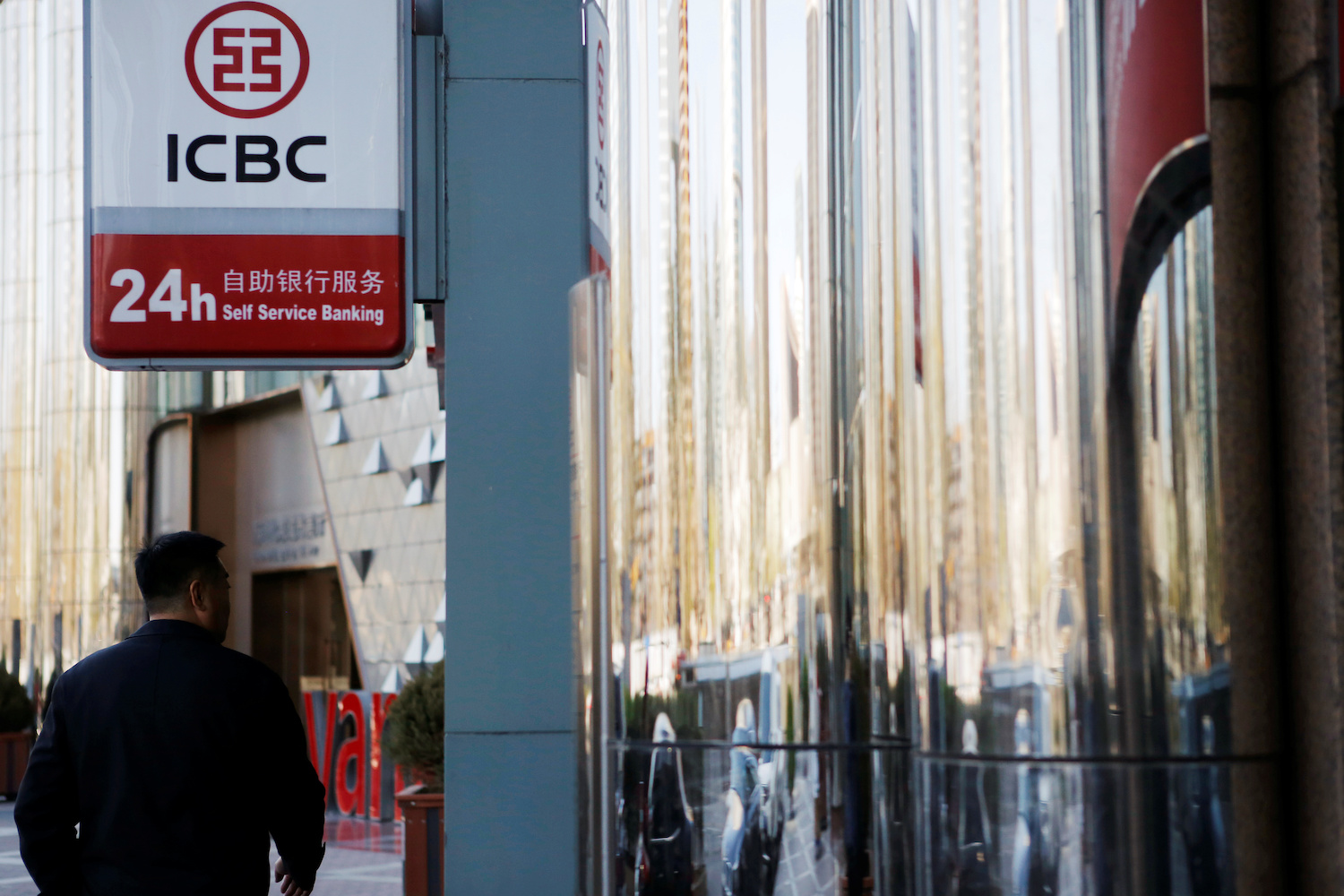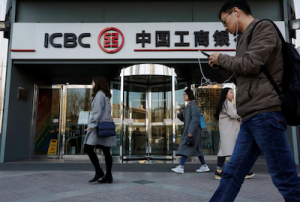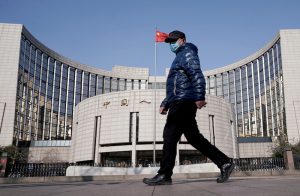(ATF) Chinese financial institutions face a negative outlook driven by uneven economic recovery, unwinding policy support and growing digitisation, according to a report released Thursday by Moody’s rating agency.
While the agency is pessimistic about banks, distressed asset managers and leasing companies, analysts are more upbeat about Chinese securities and insurance companies.
“Although we project China’s economy to gradually recover and grow by 7% next year, Chinese financial institutions still face significant economic and policy risks going in 2021,” Nicholas Zhu, a vice-president and senior credit officer at Moody’s, said.
He said Chinese banks will remain at risk of new non-performing loan formation, with their credit costs staying high and in turn weakening their profitability and capacity to generate capital.
The assessment underscores concern over capital positions across much of the Chinese banking sector, especially those institutions outside the largest state-owned banks.
China has more than 4,000 regional banks, mainly city and rural commercial institutions, which held about 77 trillion yuan in assets as of June 20, according to central bank data. In August, Beijing allowed Baoshang Bank go under, in the first such insolvency since 2001, while others have been merged or recapitalised by local authorities.
“Small and medium-sized institutions remain vulnerable to varying degrees of stress, although China’s economy has been one of the more resilient to the coronavirus pandemic,” Fitch, another rating agency, noted in November.
Failing stress tests
The latest annual Financial Stability Report published by the People’s Bank of China in November indicates that a third of the 30 large and medium-sized Chinese banks in a sample would fail the central bank’s milder stress test.
Chinese banks, like peers in many other economies, are under threat from new digital financial institutions, a McKinsey report published on Wednesday noted. “[They are] having an impact on bank performance, particularly by threatening the customer relationship and margin erosion across retail segments,” the report said of the new entrants.
In China, for example, margins have dropped 35 basis points in the past two years, shaving 6.7 percentage points off returns on equity. Banks are also losing share in some products, especially in emerging markets.
There is also a key tail risk concern within the Chinese investment community, whether the US will block access by Chinese banks and companies to the US dollar clearing and settlement system.
Asset risk pressure
Meanwhile, although distressed asset management companies would have more business opportunities in this climate, the Moody’s report said they would find it harder to dispose of the distressed assets, which will pressure their asset risk and profitability, Moody’s forecast.
Chinese leasing companies will also face challenges, with their offshore aircraft portfolios remaining under pressure by the continued paralysis in global aviation traffic due to the coronavirus pandemic.
“On the other hand, ample liquidity and low leverage will continue to support Chinese securities firms, underpinning Moody’s stable outlook for this segment,” the rating agency said.
Strong capitalisation and rebounding investment yields underpin the stable outlook on insurers, Moody’s added.
























